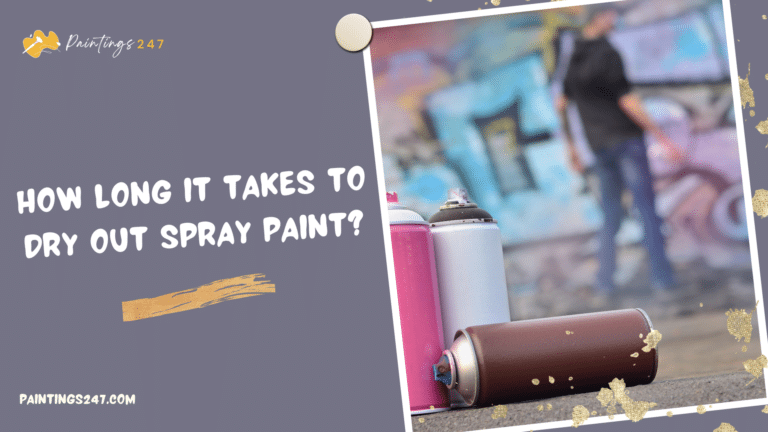Whether you’re painting the exterior of your home or just the very basic acrylic painting ideas you’ve designed on your canvas, one question that always remains at the back of your mind is how long does spray paint take to dry? Well, that’s a question everybody needs an answer to. Especially people who love art and are always onto their painting projects. The truth is; the drying of paint really depends upon the type and coating of paint. Hence, its not all the same for every type of paint. Some paints take a few hours to dry out while other take a whole day. Let us learn more stuff regarding drying our fresh paint.
Drying Out Paint
If you’re looking at a spray paint project and want to know, how long does it take for spray paint take to dry? It’s important to know how things dry before trying to fix furniture, work on metal projects, or clean up the paint on your house. Spray painting is a simple and easy way to finish the job, but drying times can vary greatly. Moreover, it depends on the type of paint, the surface, and the weather. Whether you want a thick coat or thin layers, we’ll show you how to get a perfect finish as we discuss how long spray paint takes to dry. Let us first get an idea of the types of spray paints.
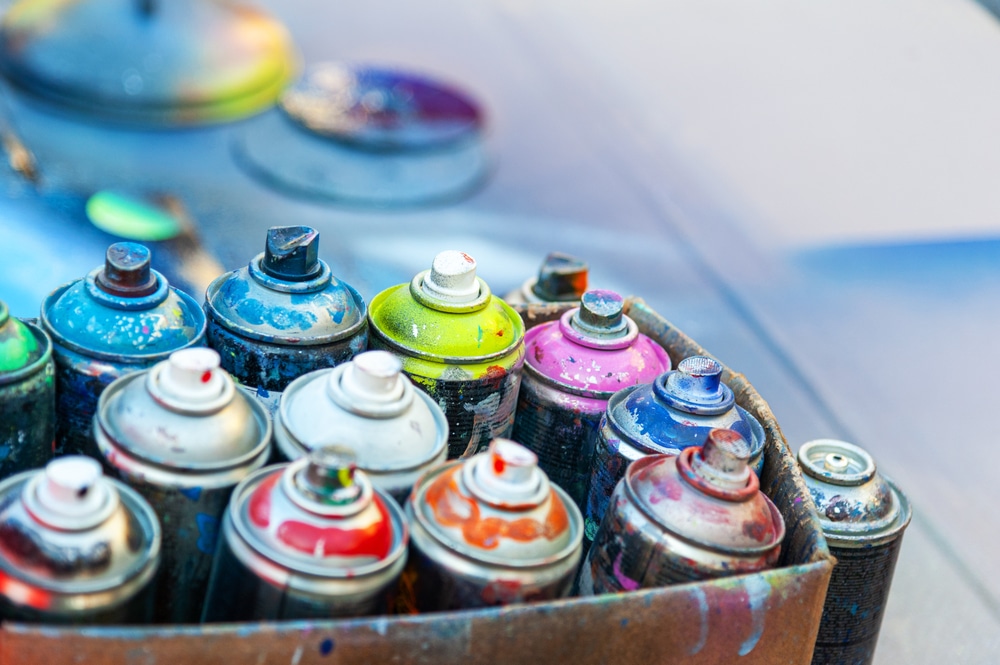
Types of Spray Paint
- Acrylic
- Latex
- Oil Based
- Lacquer
- Epoxy
- Enamel Spray Paint
Paint Drying Tips: Material and Texture
The painted surface and structure greatly affect how long it takes for spray paint to dry. Whether you’re working with metal, plastic, wood, or different shapes like rough or smooth surfaces, each has properties that affect how long it takes to dry. For example, wood, especially wood that hasn’t been cleaned or finished, is porous, and paint can get inside, which could prolong the drying time. To determine how long spray paint will take to dry properly, you must know these differences based on the surface’s material and structure.
Wood
Overview: Untreated wood dries quickly but requires curing time for a complete finish.
- Dry to the touch: 1 hour.
- Fully cured: 24 hours.
Partly Porous Wood
Overview: Similar to raw wood, it dries and cures within the same timeframe.
- Dry to the touch: 1 hour.
- Fully cured: 24 hours.
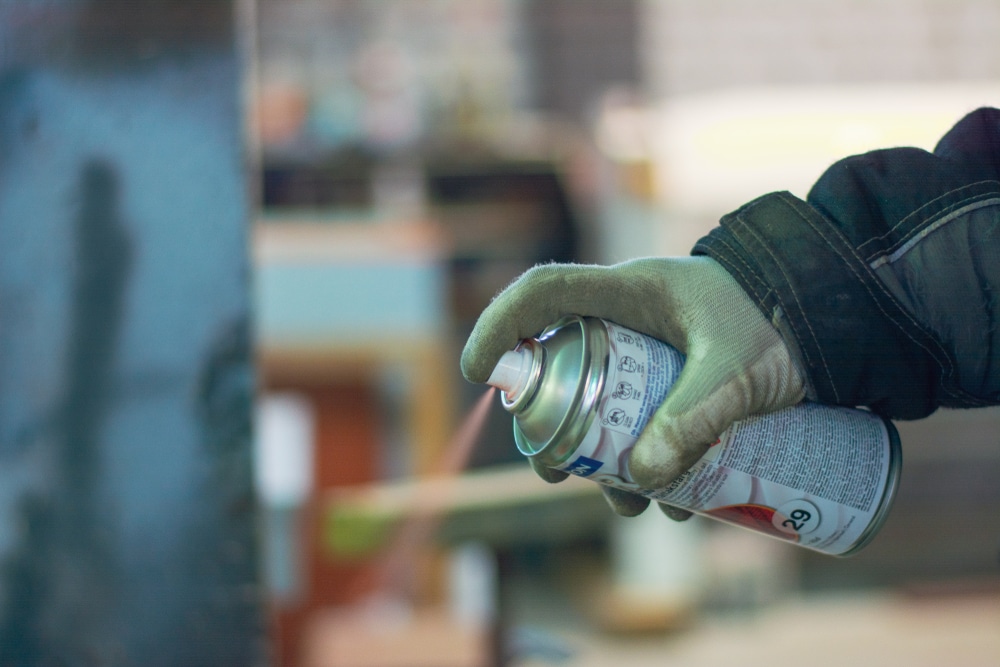
Metal
Overview: Non-porous surfaces like metal dry quickly but still need curing time.
- Dry to the touch: 10 minutes.
- Fully cured: 24 hours.
Plastic
Overview: Smooth plastic surfaces dry fast but may challenge paint adhesion.
- Dry to the touch: 30 minutes.
- Fully cured: 24 hours.
Rough Surfaces (e.g., Cardboard)
Overview: Textured materials take longer to dry and cure due to increased paint absorption.
- Dry to the touch: Longer than smooth surfaces.
- Fully cured: Varies based on material texture.
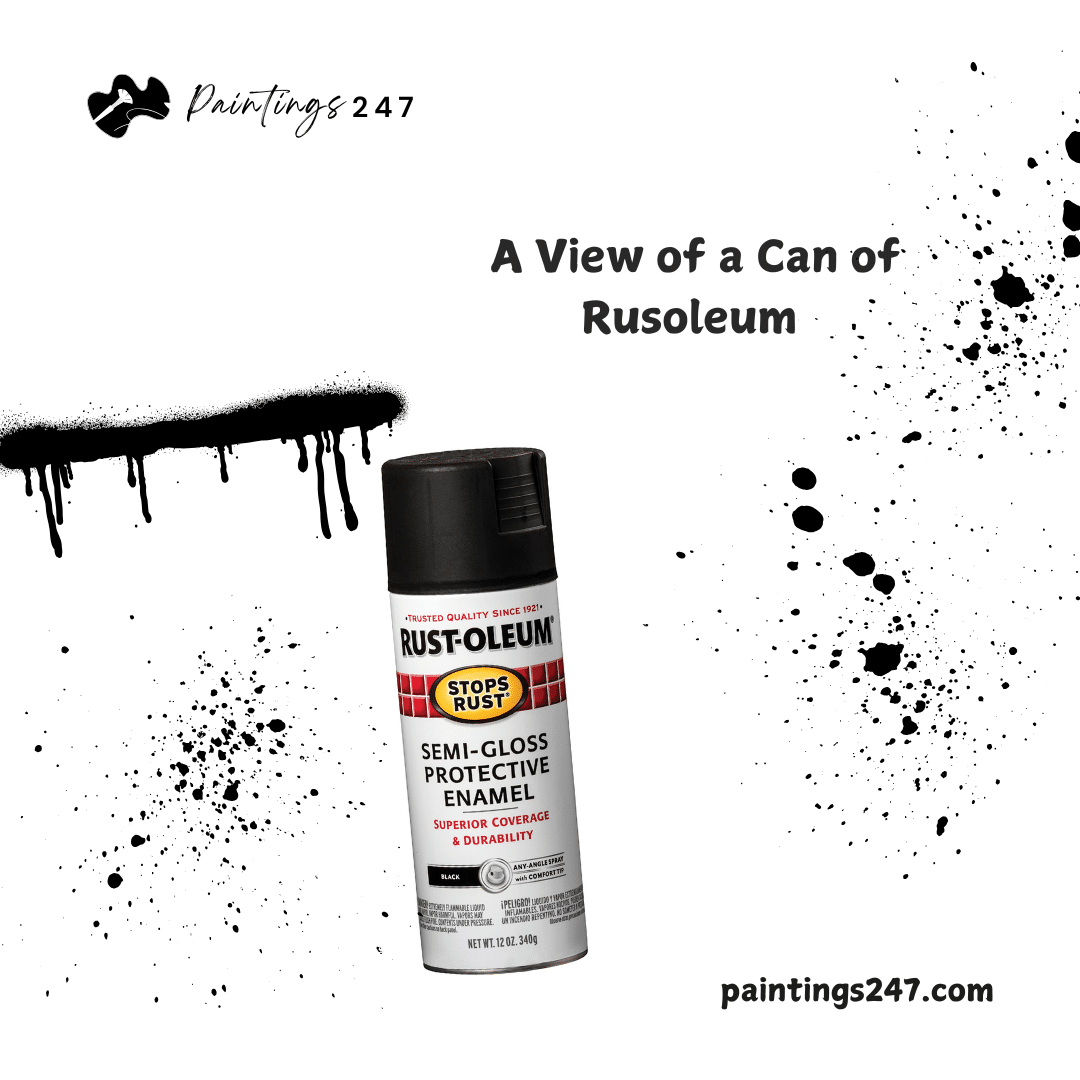
How Long Does Rustoleum Spray Paint Take to Dry?
Rust-Oleum is well known for its high quality and long-lasting finish; nonetheless, application technique and drying duration are essential for the best results.
- Applying two or more light coats for a smooth finish is advised, letting the paint dry for a few minutes.
- Especially between each coat to avoid drips and runs.
- Drying and recoating times are given based on a perfect temperature of 70°F and 50% relative humidity.
- Remembering that longer drying times could be needed in colder climates is crucial.
- Rust-Oleum spray paint dries to the touch in 15 minutes, enabling safe handling in one to two hours.
- It is recommended to wait 24 hours for the painted surface to thoroughly dry and cure before exposing it to additional manipulation or environmental factors.
- Respecting these suggested drying intervals will maximize the paint job’s longevity and guarantee a polished appearance.
Finally, spray paint can be used in many different ways, but you must know how your surface works and its shape to get the best results.
How to Make Spray Paint Dry Faster?
Now, when time is of the essence, it’s important to speed up the spray paint drying process. Here are some things you can do to speed up the drying process.
- Apply Thin Coats: Choose even, thin coats of paint to keep them from building up and help them dry faster. Heavy coats take longer to dry, so try to use a light amount.
- Improve Air Circulation: Open doors and windows and use fans smartly to improve airflow. Pointing fans straight at the painted surface can slow drying, but moving air around the room can speed it up.
- Use a Dehumidifier: Using a dehumidifier is an effective way to lower the dampness in the drying area. Eliminating extra wetness in the air can greatly speed up the drying process.
- Utilize Fast-drying Spray Paint: Pick spray paints that are made to dry quickly, like epoxy or polyurethane paints that dry quickly. These mixes ensure the paint is dry to the touch in minutes so you can finish your job quickly.
Implementing these tips into your painting process can help you meet tight project deadlines and get the paint dry faster.
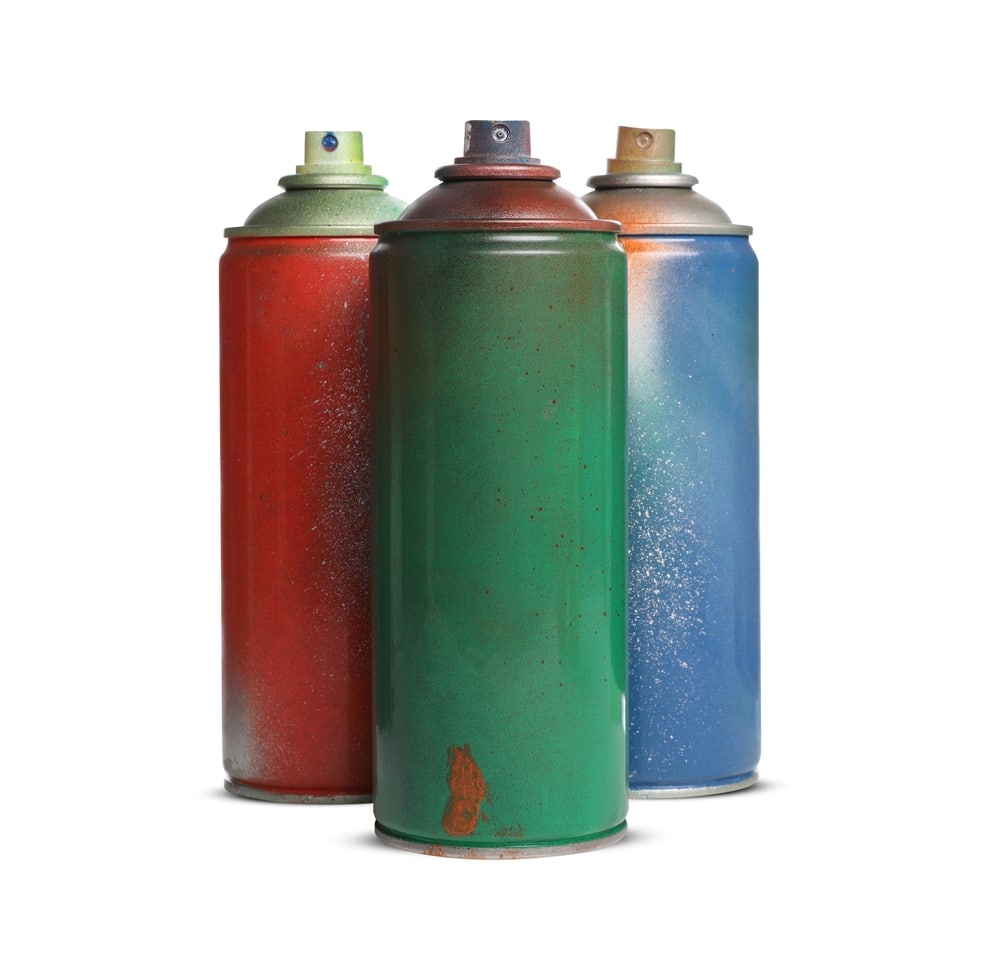
Final Word
Timing is important when it comes to painting jobs. Knowing the kind of paint you’re using and the surface you’re painting is essential, whether you’re asking how long spray paint takes to dry outside, on fabric, or even on a car. For example, spray paint made of acrylic usually dries in thirty minutes, but longer paint dry time can occur if you paint plastic surfaces or use thicker coatings.
In conclusion, a completely cured and smooth surface can be achieved in as little as an hour to dry by using thin coatings and ensuring enough air circulation. Water-based paints can take up to 24 hours to fully dry, especially on porous surfaces.
DRY IT ALL UP!

